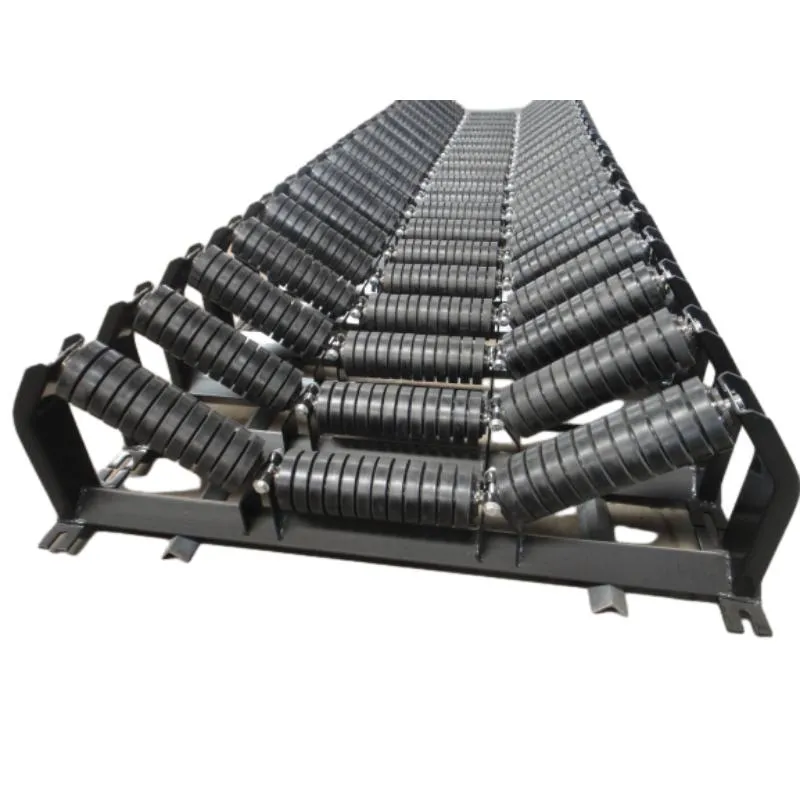 Afrikaans
Afrikaans  Albanian
Albanian  Amharic
Amharic  Arabic
Arabic  Armenian
Armenian  Azerbaijani
Azerbaijani  Basque
Basque  Belarusian
Belarusian  Bengali
Bengali  Bosnian
Bosnian  Bulgarian
Bulgarian  Catalan
Catalan  Cebuano
Cebuano  Corsican
Corsican  Croatian
Croatian  Czech
Czech  Danish
Danish  Dutch
Dutch  English
English  Esperanto
Esperanto  Estonian
Estonian  Finnish
Finnish  French
French  Frisian
Frisian  Galician
Galician  Georgian
Georgian  German
German  Greek
Greek  Gujarati
Gujarati  Haitian Creole
Haitian Creole  hausa
hausa  hawaiian
hawaiian  Hebrew
Hebrew  Hindi
Hindi  Miao
Miao  Hungarian
Hungarian  Icelandic
Icelandic  igbo
igbo  Indonesian
Indonesian  irish
irish  Italian
Italian  Japanese
Japanese  Javanese
Javanese  Kannada
Kannada  kazakh
kazakh  Khmer
Khmer  Rwandese
Rwandese  Korean
Korean  Kurdish
Kurdish  Kyrgyz
Kyrgyz  Lao
Lao  Latin
Latin  Latvian
Latvian  Lithuanian
Lithuanian  Luxembourgish
Luxembourgish  Macedonian
Macedonian  Malgashi
Malgashi  Malay
Malay  Malayalam
Malayalam  Maltese
Maltese  Maori
Maori  Marathi
Marathi  Mongolian
Mongolian  Myanmar
Myanmar  Nepali
Nepali  Norwegian
Norwegian  Norwegian
Norwegian  Occitan
Occitan  Pashto
Pashto  Persian
Persian  Polish
Polish  Portuguese
Portuguese  Punjabi
Punjabi  Romanian
Romanian  Russian
Russian  Samoan
Samoan  Scottish Gaelic
Scottish Gaelic  Serbian
Serbian  Sesotho
Sesotho  Shona
Shona  Sindhi
Sindhi  Sinhala
Sinhala  Slovak
Slovak  Slovenian
Slovenian  Somali
Somali  Spanish
Spanish  Sundanese
Sundanese  Swahili
Swahili  Swedish
Swedish  Tagalog
Tagalog  Tajik
Tajik  Tamil
Tamil  Tatar
Tatar  Telugu
Telugu  Thai
Thai  Turkish
Turkish  Turkmen
Turkmen  Ukrainian
Ukrainian  Urdu
Urdu  Uighur
Uighur  Uzbek
Uzbek  Vietnamese
Vietnamese  Welsh
Welsh  Bantu
Bantu  Yiddish
Yiddish  Yoruba
Yoruba  Zulu
Zulu self aligning idler
Understanding Self-Aligning Idlers in Conveyor Systems
In modern industrial applications, conveyor systems play a critical role in enhancing efficiency and productivity. Among the various components that constitute a conveyor system, self-aligning idlers stand out as essential elements that ensure the smooth operation of these systems. This article delves into the functionality, benefits, and applications of self-aligning idlers, shedding light on why they are invaluable in material handling processes.
What are Self-Aligning Idlers?
Self-aligning idlers are specialized support rollers used in belt conveyor systems to maintain the alignment of the conveyor belt. Their unique design allows them to adjust automatically in response to the belt's position, thereby reducing the chances of misalignment and potential damage. Typically, these idlers incorporate a pivot mechanism that enables the roller to tilt and follow the belt's path, whether it is moving straight or curves around a bend.
The primary purpose of self-aligning idlers is to keep the conveyor belt centered on the rollers. Misalignment in conveyor systems can lead to various problems, including increased wear on the belt and idlers, decreased efficiency, and even operational failure. Thus, self-aligning idlers play a crucial role in maintaining the integrity and performance of conveyor systems.
Benefits of Self-Aligning Idlers
1. Enhanced Belt Life One of the most significant advantages of self-aligning idlers is the extended lifespan of the conveyor belt. By minimizing friction and uneven wear due to misalignment, these idlers help preserve the integrity of the belt, ultimately reducing replacement costs and downtime.
2. Reduced Maintenance Maintaining a conveyor system can be labor-intensive and expensive. Self-aligning idlers help mitigate maintenance needs by keeping the belt properly aligned, reducing the frequency of adjustments and repairs required to correct alignment issues.
self aligning idler

3. Improved Operational Efficiency Misaligned belts can cause material spillage, increased friction, and energy loss. By ensuring that the belt remains centered, self-aligning idlers contribute to smoother operations, optimizing material flow and reducing energy consumption.
4. Safety Considerations Misalignment can lead to accidents and safety hazards in industrial environments. By preventing misalignment, self-aligning idlers help promote safer working conditions, minimizing risks associated with material handling.
5. Versatile Applications Self-aligning idlers are suitable for a variety of applications across different industries, including mining, manufacturing, and logistics. Their adaptability allows them to be used in both stationary and mobile conveyor systems, making them a versatile choice for businesses.
Applications of Self-Aligning Idlers
Self-aligning idlers find applications in numerous settings. In the mining industry, for instance, they are crucial for transporting heavy materials such as coal, minerals, and aggregate. The robust design of these idlers ensures that they can withstand the harsh conditions often encountered in mining environments.
In the manufacturing sector, self-aligning idlers are utilized in assembly lines and material handling processes. They contribute to efficiency by keeping production moving smoothly without interruptions caused by belt misalignment. Additionally, in logistics and distribution centers, these idlers play a vital role in ensuring that goods are conveyed accurately and efficiently from one point to another.
Conclusion
Self-aligning idlers are indispensable components of conveyor systems, offering numerous advantages that enhance operational efficiency, safety, and cost-effectiveness. Their ability to maintain belt alignment significantly extends the life of conveyor belts and reduces maintenance efforts, making them essential for industries that rely heavily on material handling. As technology continues to advance, the design and functionality of self-aligning idlers will likely evolve, further improving the reliability and efficiency of conveyor systems. In an increasingly competitive industrial landscape, investing in quality self-aligning idlers can lead to significant long-term benefits for businesses seeking to optimize their operations.
-
Revolutionizing Conveyor Reliability with Advanced Rubber Lagging PulleysNewsJul.22,2025
-
Powering Precision and Durability with Expert Manufacturers of Conveyor ComponentsNewsJul.22,2025
-
Optimizing Conveyor Systems with Advanced Conveyor AccessoriesNewsJul.22,2025
-
Maximize Conveyor Efficiency with Quality Conveyor Idler PulleysNewsJul.22,2025
-
Future-Proof Your Conveyor System with High-Performance Polyurethane RollerNewsJul.22,2025
-
Driving Efficiency Forward with Quality Idlers and RollersNewsJul.22,2025





























